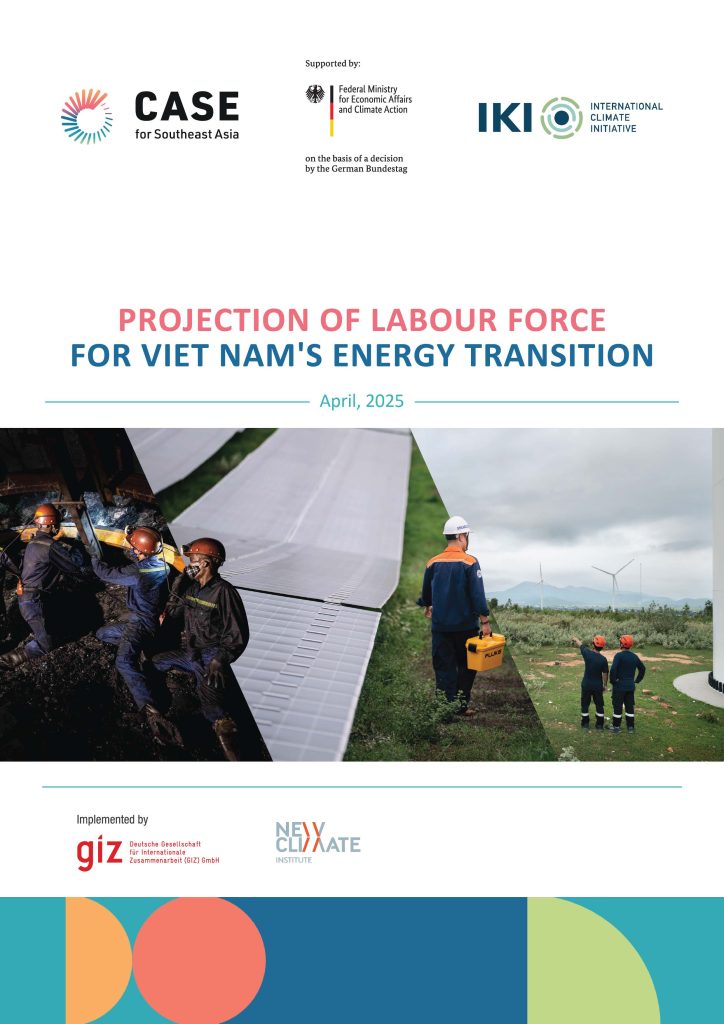Viet Nam’s electricity sector set to expand to 500,000 full-time jobs by 2035, up from around 300,000 today. This surge reflects the transformative scale of the country’s energy transition according to Decision 500/QD-TTg 2023 on National Power Development Plan Nr 8 dated 15 May 2023.
👉 Where will these new jobs come from? What does this mean for existing workers?
GIZ ESP’s new report “Projection of Labour Force for Viet Nam’s Energy Transition” explores potential development of the labour force in the power sector in Viet Nam and related industries under different scenarios stated in PDP8 and JETP:
✅ Solar and wind will lead job growth
PDP8 set an ambitious capacity for solar and wind power, with specific targets of 12,836 MW and 27,880 MW for solar and wind capacity by the 2030s, respectively. As a result, over half of the power sector’s direct workforce is expected to be employed in solar and wind technologies. This requires investment in skills and training.
⚠️ Workforce transition from coal to more sustainable sectors
As the coal industry for power gradually scales down, the labour demand will decline. However, the rapid growth of the renewable energy sector and other green economy is creating new job opportunities. With timely policies and reskilling programs, coal workers can successfully transition to sustainable livelihoods, supporting social stability and regional development.
🌏 Imports now, localisation later
While Viet Nam currently relies on imported components, improving human capacity will enable greater participation in the renewable energy supply chain. In the long term, localisation will be key to building a resilient and self-sustaining industry.





